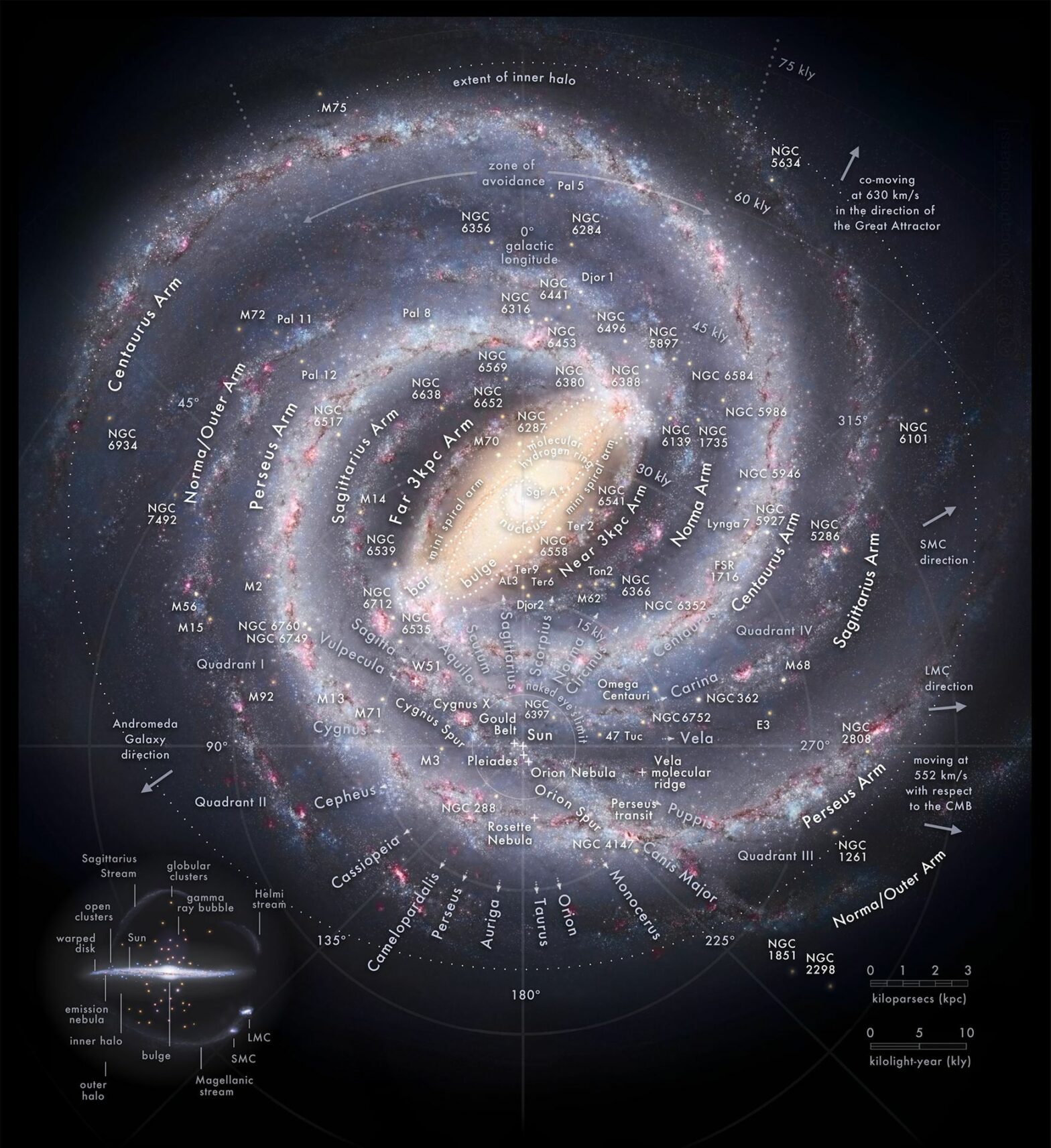[ad_1]
For you who might’ve not been aware, Milky Way is the name of our very own galaxy where our solar system and subsequently ourselves live within. It is our galactic home filled by a vast amounts of stars, interstellar dust, energy, old star clusters, black holes, our very own supermassive black hole in the center and other wonders. Our very own star, the sun is a modest little star in comparison to other giants out there.
Every single star that appears in the night sky is our neighbor that belongs to our immediate galactic neighborhood. When we look at the night sky from the northern hemisphere we tend to look towards the outer regions of our galaxy, and when we move to our southern hemisphere we look inwards towards our galactic center. It makes sense then that the night sky is rich in stars in the southern hemisphere as everything is more dense. We can’t see individual stars that belong to other neighboring galaxies. Everything starts to become fuzzy and dim; occasionally we might see a big supernova (a star that dies) in a massive explosion, but that’s pretty much it. Without powerful telescopes we can’t distinguish these stars.
Below is a map of our Milky Way galaxy (made by SETI) that is mapping the most interesting regions of our galaxy from our perspective (solar system).

SETI stands for Search for Extra Terrestrial Intelligence. It is a branch in the astronomy science that pursues the question; are we truly alone in this galaxy, how about other neighboring star systems and their planets? And even more importantly, what about intelligent life and how could we communicate with them? Or should we avoid communicating with anyone at all, in the event these extra terrestrial civilizations are hostile, just like the warrior like beings Clingon from Star Trek? These and many more questions and studies and powerful telescopes is what SETI is all about.
Some of you might even remember the SETI @ Home program where you could download an app at your computer and help SETI scientists analyze recorded data from their radio telescopes.
In any case, the map above is intriguing and a reminder to us, there are much bigger things and questions to be answered by humanity, if we ever decide to stay around long enough to deal with them. After all, our very existence as a human race in a cosmological standpoint, is insignificantly small. We’ve barely been around for a fraction of a second in this enormous vastness of the cosmos.
[ad_2]
